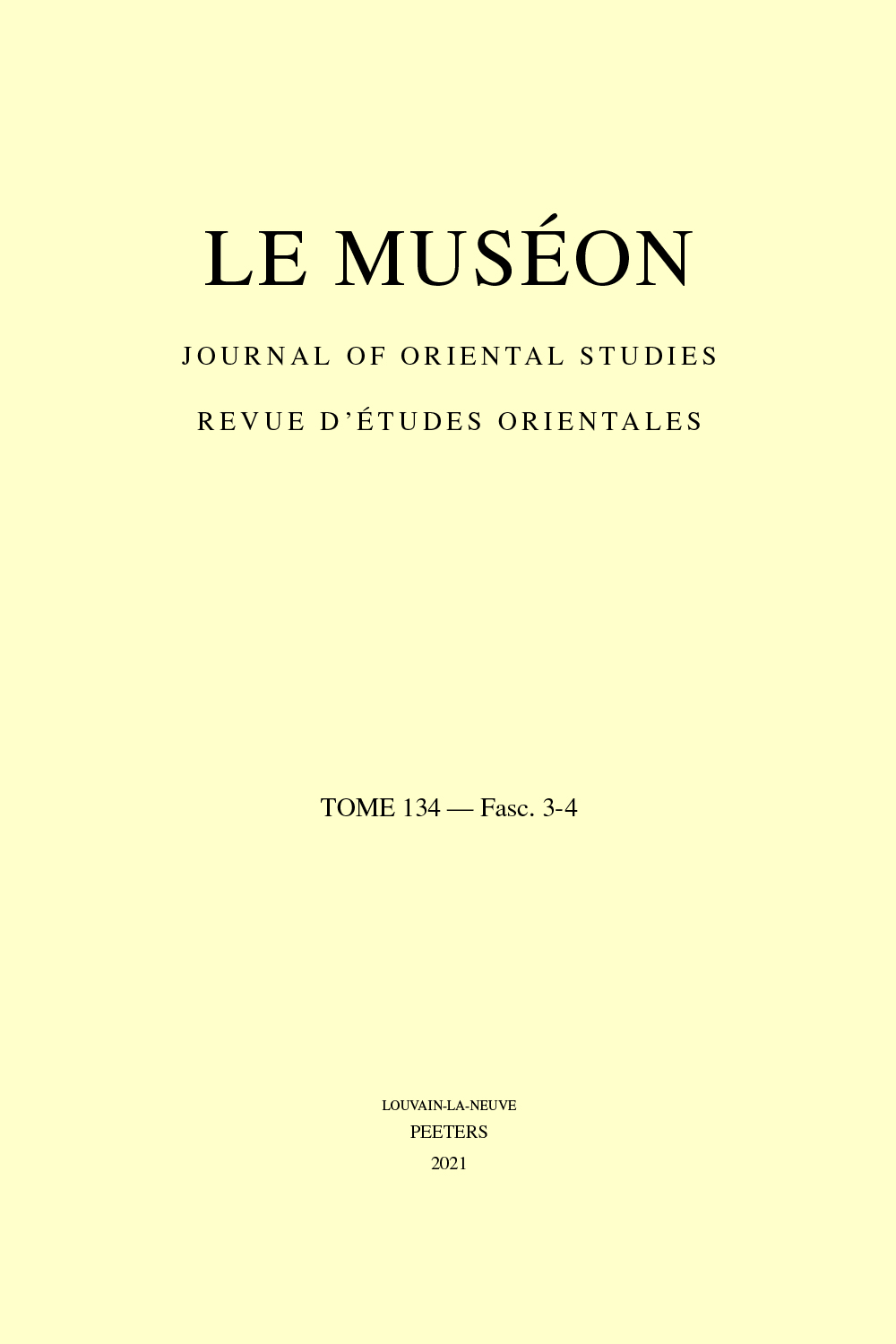 previous article in this issue previous article in this issue | next article in this issue  |

Preview first page |
Document Details : Title: Considérations de phonologie dialectale copte, II Subtitle: L'alphabet de P et de pP Author(s): KASSER, R. Journal: Le Muséon Volume: 116 Issue: 3-4 Date: 2003 Pages: 289-328 DOI: 10.2143/MUS.116.3.503665 Abstract : While some scholars still speak of the coptic alphabet as a unique alphabet, common to all idioms of pharaonic Egypt, recent studies (see already Le Muséon, 93 [1980], p. 260-261 and 280-281) have shown that there exist at least 12 coptic alphabets, all well attested and corresponding to idioms which have not been penetrated by the more common alphabets, like the S (24 signs of the Greek alphabet + 6 supplementary and indigenous signs = 30 signs), or the Bones for instance. The 36 signs (24 + 12) rich alphabet of P (included its archaic form pP) is the fullest one, compared to the most simple alphabets which feature only 24 signs, like G (24 + 0) or H (21 + 3). The author sheds light on the transition from the final pharaonic phonological systems to the systems of the classical coptic dialects. |
|


